I want an LED to turn off when the input voltage falls below a certain point, e.g., 3.3V. Originally, I was going to use a basic 2N2222 or 2N4401 transistor, however, because they act as "amplifiers" rather than ideal switches, they still allow current through at 2.5V, for example.
Is there a better (as well as inexpensive) solid state switching technology that will cut power sharply at the threshold level?

